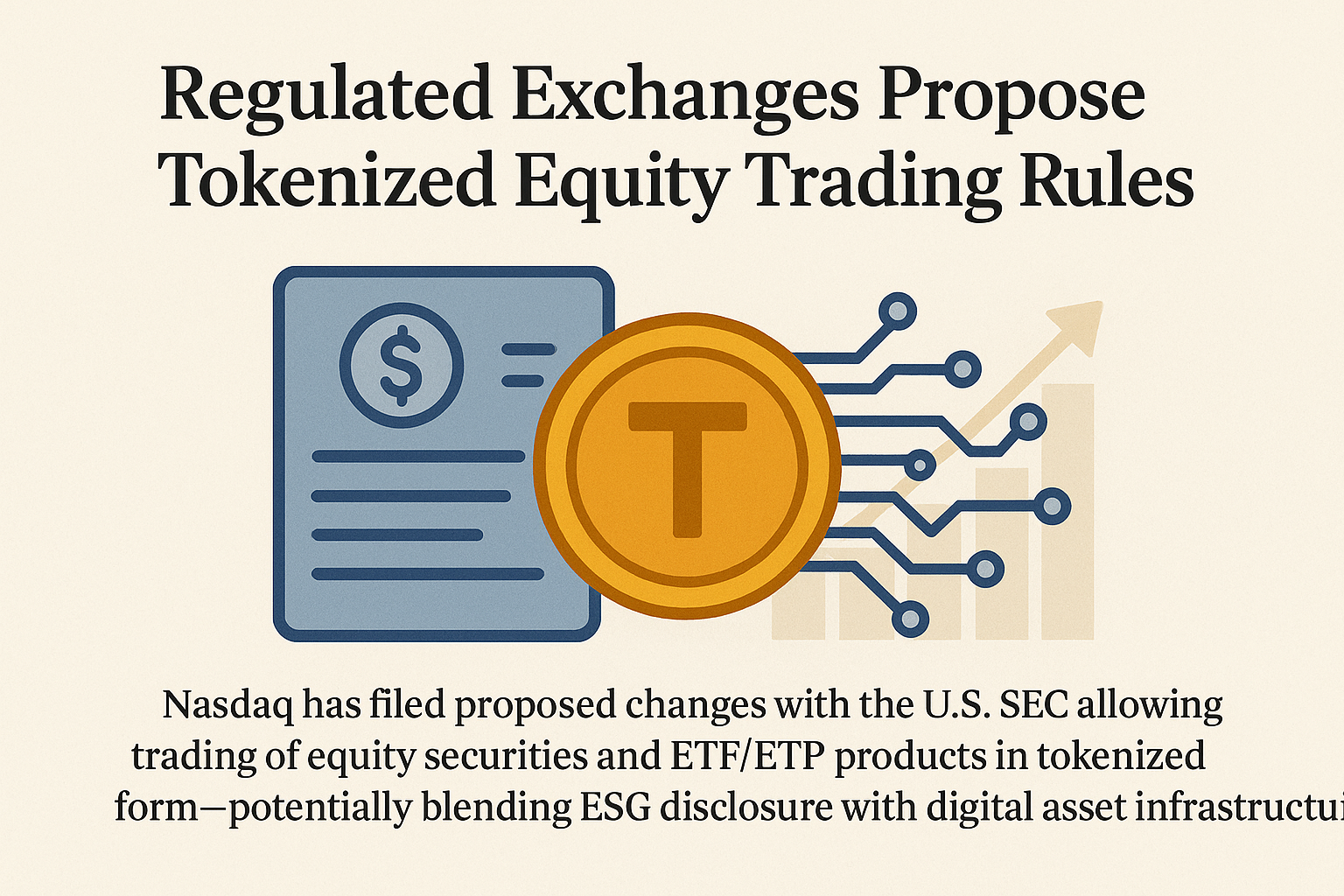In a significant development in the financial sector, ten major global banks, including Bank of America, Deutsche Bank, Goldman Sachs, UBS, Citi, MUFG, Barclays, TD Bank, Santander, and BNP Paribas, have announced a joint initiative to explore the issuance of stablecoins pegged 1:1 to G7 currencies. This move signifies a concerted effort by traditional financial institutions to engage with the growing digital asset market while ensuring compliance with regulatory standards.
Understanding Stablecoins and Their Role
Stablecoins are digital assets designed to maintain a stable value by being pegged to traditional fiat currencies, such as the U.S. dollar, euro, or yen. Unlike volatile cryptocurrencies, stablecoins offer a reliable medium of exchange, making them suitable for various financial applications, including cross-border transactions, remittances, and digital payments.
Institutional Interest and Strategic Alignment
The collaboration among these banking giants underscores a strategic alignment toward integrating blockchain technology with traditional banking systems. By exploring the issuance of stablecoins, these institutions aim to combine the benefits of digital assets—such as enhanced efficiency and transparency—with the stability and regulatory oversight inherent in fiat currencies. This initiative also reflects a response to the increasing demand for digital financial solutions and the need to stay competitive in an evolving market.
Regulatory Considerations and Compliance
A key aspect of this initiative is the emphasis on regulatory compliance and risk management. The banks have stated that the objective is to explore whether a new industry-wide offering could bring the benefits of digital assets while ensuring full compliance with regulatory requirements and best practices in risk management. This approach aligns with the growing scrutiny of digital currencies by financial regulators worldwide, aiming to mitigate potential risks to financial stability and monetary policy.
Market Implications and Future Outlook
The exploration of stablecoin issuance by these major banks could have significant implications for the financial industry. It may pave the way for broader adoption of blockchain-based financial products and services, leading to increased efficiency in financial transactions and potentially reducing costs associated with traditional banking processes. Furthermore, this move could stimulate innovation in the development of new financial instruments and services, fostering a more dynamic and competitive financial ecosystem.
As the project is still in its early stages, the full impact and potential of this initiative remain to be seen. However, the collaboration among these prominent financial institutions highlights a collective recognition of the importance of digital transformation in the financial sector and a proactive approach to navigating the complexities of the digital asset landscape.
In conclusion, the joint exploration of stablecoin issuance by major global banks marks a significant step toward the integration of digital assets into the traditional financial system. By focusing on regulatory compliance and risk management, these institutions aim to harness the benefits of blockchain technology while maintaining the stability and trust that underpin the global financial system.




